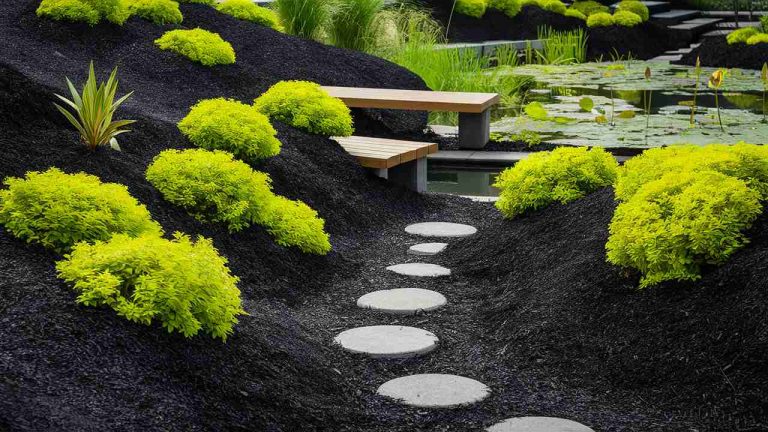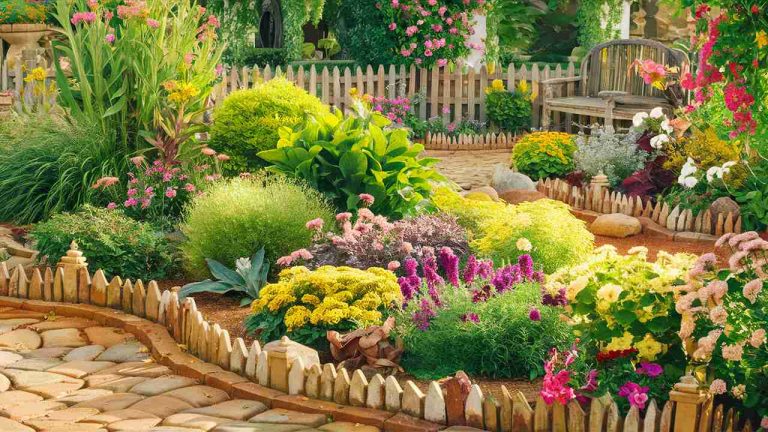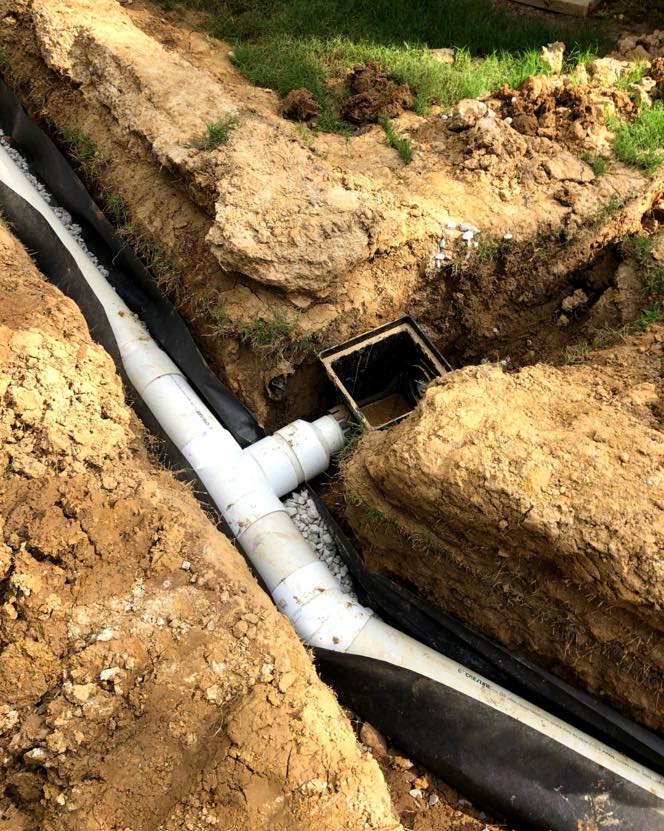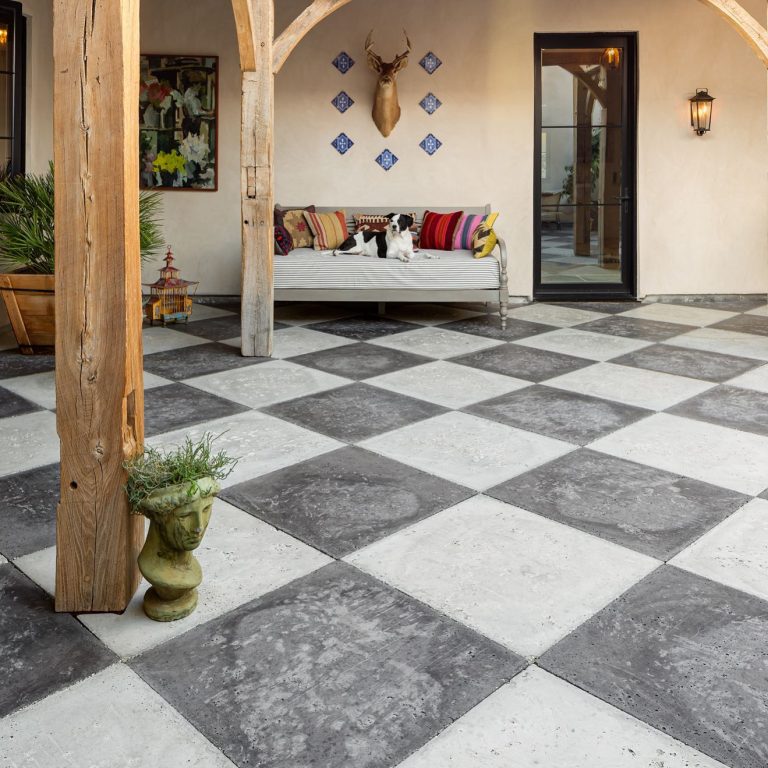21 Steep Hill Landscaping Ideas to Transform Your Outdoors
Landscaping a steep hill can be both a challenge and an opportunity. While the incline may present obstacles such as erosion and limited flat spaces, it also provides the perfect canvas for creative, stunning designs. Whether you want to make the most of a challenging hillside or transform a steep slope into a beautiful outdoor retreat, these 21 landscaping ideas will inspire you to turn your sloping yard into a scenic masterpiece.
1. Terraced Garden Design

A terraced garden is a practical and aesthetically pleasing way to manage a steep slope. This method involves creating a series of level planting beds or platforms, separated by retaining walls or natural rock formations. Not only does this design help prevent erosion by creating flat areas for planting, but it also adds visual interest by breaking the landscape into distinct sections.
To begin, you’ll need to plan the layout of your terraces, ensuring they follow the natural contour of the land. You can incorporate various materials for the retaining walls, such as stone, brick, or even timber, to match your home’s style. Terraces offer an excellent opportunity to plant flowers, shrubs, or even vegetables, providing diversity and beauty in each section.
For maintenance, be sure to choose plants that can thrive in your specific climate and soil conditions. Additionally, regular watering and weeding will ensure that each terrace remains healthy and vibrant throughout the seasons.
2. Use of Retaining Walls
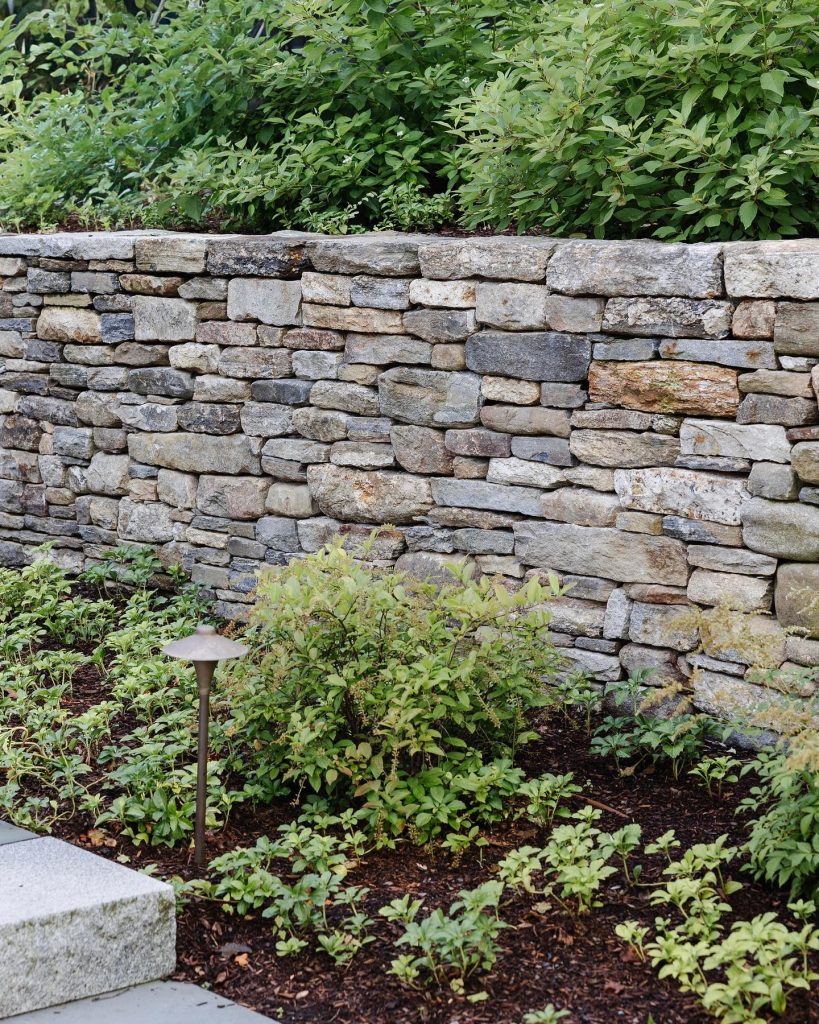
Retaining walls are often a must-have for steep hill landscaping. These walls serve as both a functional and decorative element, preventing soil erosion while providing structure to your landscape. Whether you choose natural stone, concrete, or wood, retaining walls can help create multiple planting levels, stabilize the soil, and allow for easy navigation on your slope.
A key consideration when building a retaining wall is ensuring proper drainage. Without adequate drainage, water can accumulate behind the wall, causing pressure that could lead to structural damage. Be sure to consult with a landscaping professional to design a system that prevents water buildup and enhances the longevity of your wall.
With their sturdy, yet versatile design, retaining walls can be used to frame flower beds, vegetable gardens, or seating areas, giving your hillside a balanced and organized look.
3. Built-In Steps and Pathways
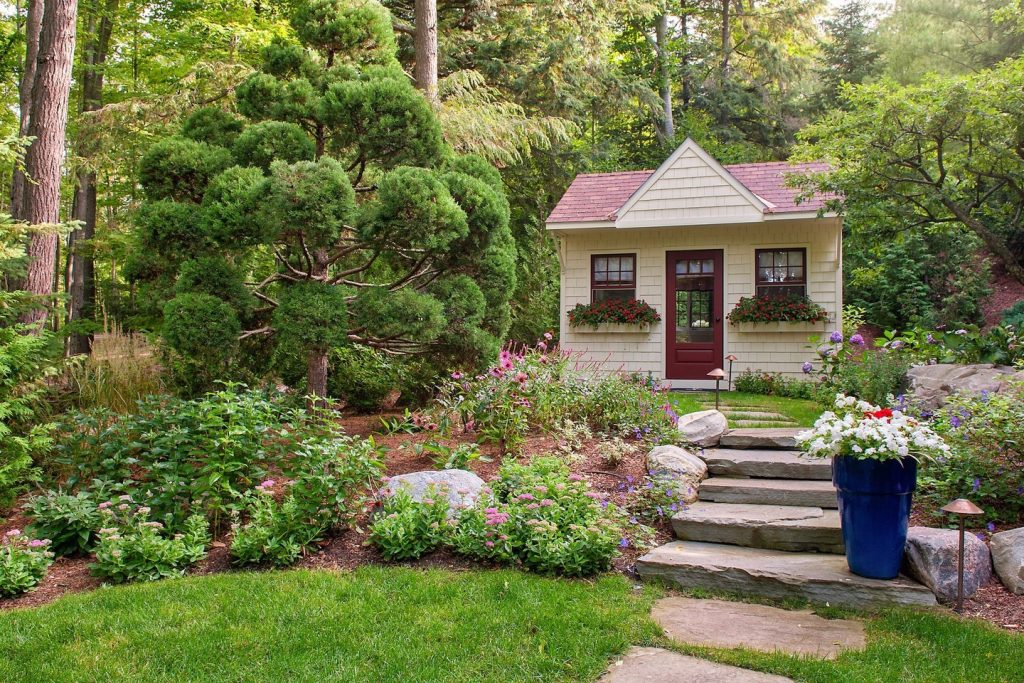
Navigating a steep hill can be difficult without proper pathways and steps, but built-in steps can transform your sloped yard into a navigable, visually appealing space. Creating winding paths or stairways can add structure and flow to your landscape, guiding visitors through different levels of the yard.
There are various materials you can use to construct the steps and pathways, such as flagstone, concrete, or timber. Flagstone, in particular, creates a natural, earthy look that blends well with outdoor surroundings. For added beauty and functionality, incorporate stepping stones or small plants like moss or creeping thyme around the edges of the steps. This will help soften the hardscape elements and create a harmonious blend with the natural environment.
Not only do steps enhance the appearance of your yard, but they also make your sloped area safer by preventing slips and falls when navigating the hillside.
4. Cascading Water Features
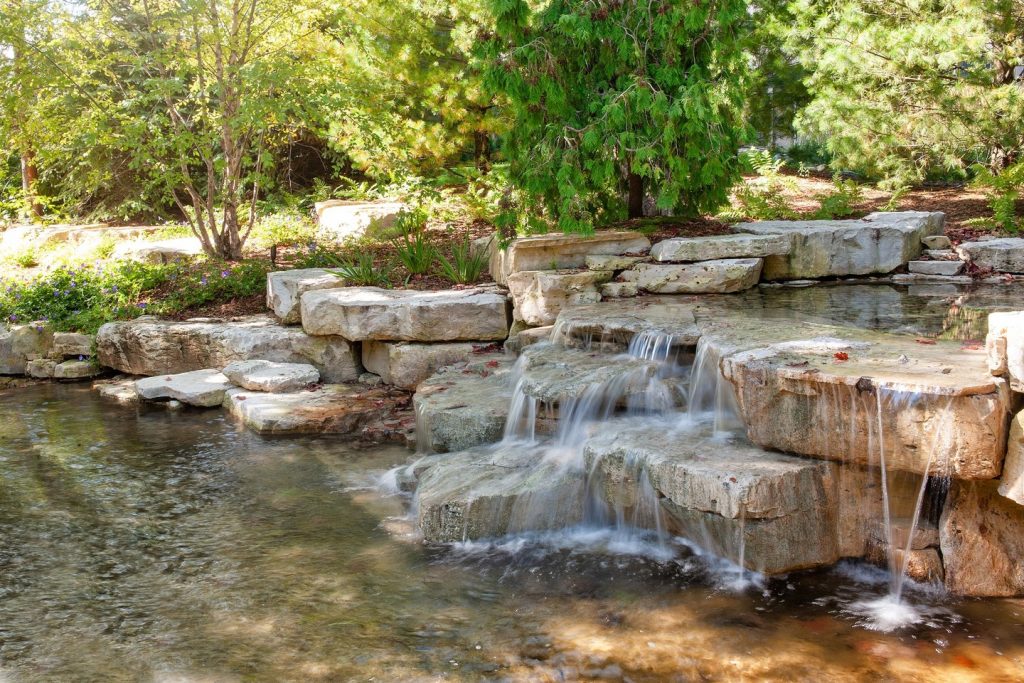
A cascading water feature, such as a waterfall or stream, is an ideal addition to any steep hill landscape. Water flowing down a slope creates a tranquil atmosphere and adds a dynamic visual element. Whether you opt for a natural rock formation or a sleek, modern design, water features bring a soothing sound and movement to your space, making it feel like a true outdoor oasis.
When designing a cascading water feature, consider the flow of water and how it will interact with the surrounding plants and landscape. The key is to ensure the water flows naturally without eroding the surrounding soil. Incorporate rocks, boulders, or other hardscaping elements to create a more natural and fluid look. You can even create a pond at the bottom of the waterfall to enhance the ambiance.
A cascading water feature not only enhances the beauty of your hillside but also provides a peaceful retreat where you can relax and unwind.
5. Lush Green Lawn on Steep Slopes
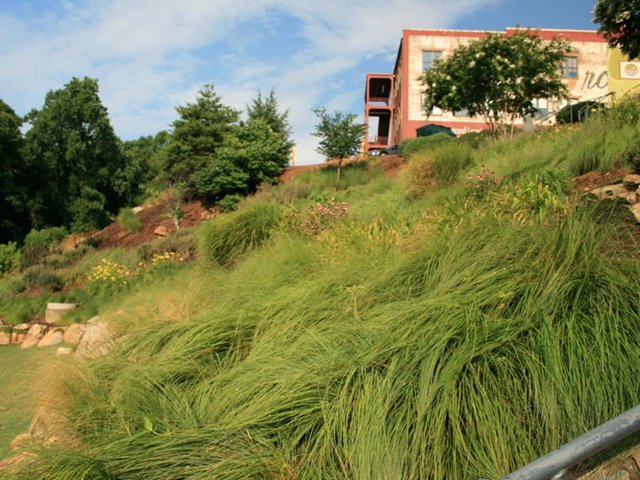
Maintaining a lush, green lawn on a steep slope can be challenging, but it’s not impossible. The key is to select grass varieties that are well-suited for sloped areas. Choose grass species with strong root systems that can hold the soil together and prevent erosion. Fescue and ryegrass are excellent choices for slopes because they establish deep roots and thrive in various climates.
To further support the health of your lawn, consider using erosion control methods like mulch, straw, or even ground covers to stabilize the soil. Mulch can help retain moisture and prevent weed growth, while ground covers like clover or creeping thyme can add texture and color to your slope.
A well-maintained lawn on a steep slope can provide a lush, vibrant backdrop for your landscaping, transforming a challenging area into a beautiful, functional space.
6. Elevated Deck or Terrace with Scenic Views
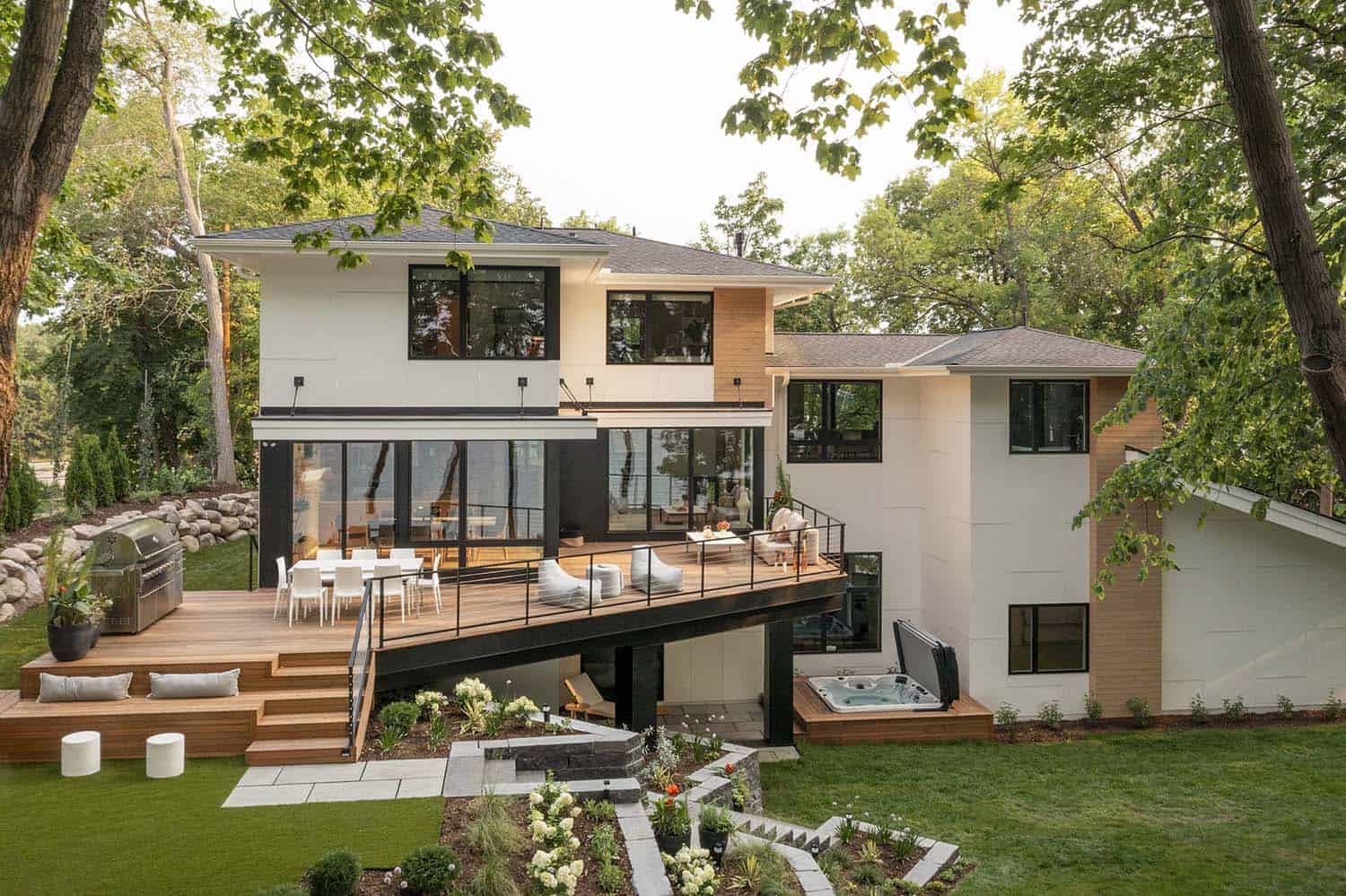
An elevated deck or terrace offers the perfect vantage point to enjoy the views from your sloping yard. By building a raised platform, you can create a cozy outdoor living space that overlooks the entire landscape, giving you a sense of connection with nature while also maximizing the potential of your hill.
Design the deck to suit your lifestyle, whether you want a space for entertaining guests or a quiet retreat to enjoy the scenery. Add comfortable seating, modern patio furniture, and lush plants around the deck to create a welcoming atmosphere. Don’t forget to include decorative elements like string lights or lanterns to add warmth and ambiance during the evening.
An elevated deck or terrace is a beautiful way to utilize your sloped land, turning it into a sophisticated and functional outdoor space.
7. Vertical Gardens
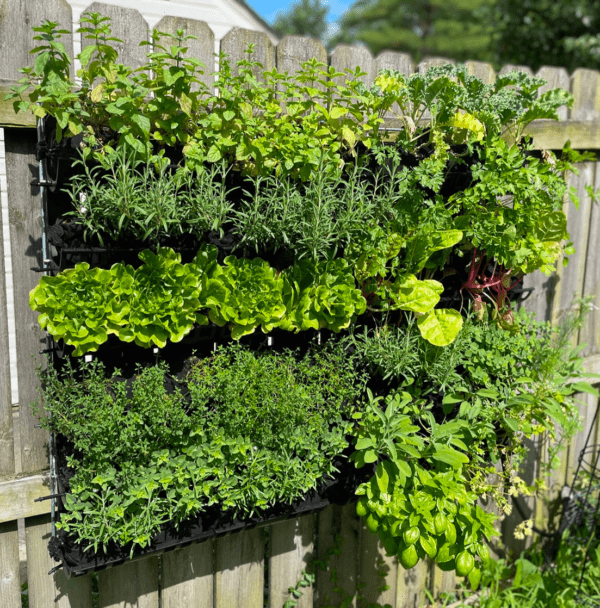
Vertical gardening is a fantastic solution for landscaping on a steep hill, as it makes use of the vertical space instead of trying to level the ground. Vertical gardens can be incorporated into walls, fences, or even freestanding structures, offering a unique way to grow plants without taking up valuable horizontal space.
To create a vertical garden, use wall-mounted planters, hanging baskets, or a trellis system for climbing plants. Choose plants that thrive in vertical setups, such as ivy, climbing roses, or cascading petunias. For added texture, consider mixing different types of greenery, flowers, and even herbs.
Vertical gardens bring greenery and vibrancy to your hillside while making it easier to maintain your plants. Plus, they’re a stylish, modern way to bring nature into your home without sacrificing space.
8. Rock Gardens with Succulents
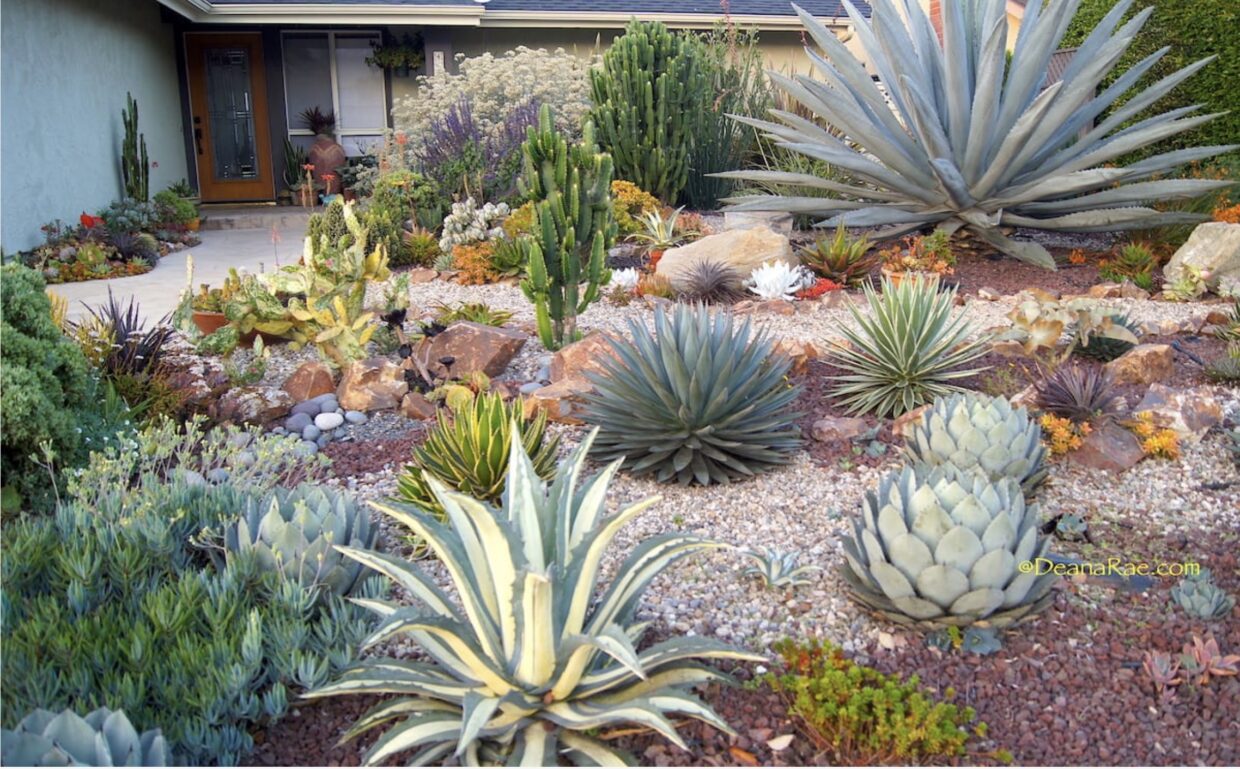
Rock gardens are a fantastic option for steep hill landscaping. They offer a low-maintenance, drought-tolerant solution that thrives in dry, rocky environments. The key to a successful rock garden is to choose plants that can handle the tough conditions, such as succulents, cacti, and alpine plants.
Incorporate large, natural stones or boulders into your design to create a sense of balance and scale. The rocks help to retain heat, which is ideal for succulent plants that thrive in sunny, warm environments. You can mix various colors and textures of rocks to create a visually interesting garden while pairing them with succulents like sedum, agave, or aloe.
A rock garden with succulents is a perfect way to add texture, color, and life to your steep slope while keeping maintenance to a minimum.
9. Steps Covered with Ground Covers
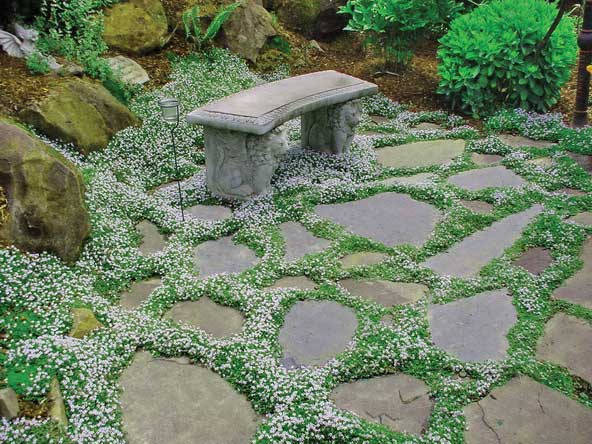
Ground covers are a great way to cover steps and paths on a steep hill, softening the hardscaping elements while also providing functional benefits. Plants like creeping thyme, moss, and ajuga can help to reduce the amount of maintenance required for steps by naturally filling in gaps and creating a more integrated, natural look.
Ground covers also help to retain moisture in the soil, reducing erosion, and they provide a beautiful, lush carpet of greenery beneath your feet as you navigate the hillside. Select plants that can handle foot traffic and thrive in the specific growing conditions of your slope.
Covering your steps with ground covers is a simple yet effective way to create a more natural, low-maintenance pathway while enhancing the beauty of your hill.
10. Wildflower Meadow for a Natural Look
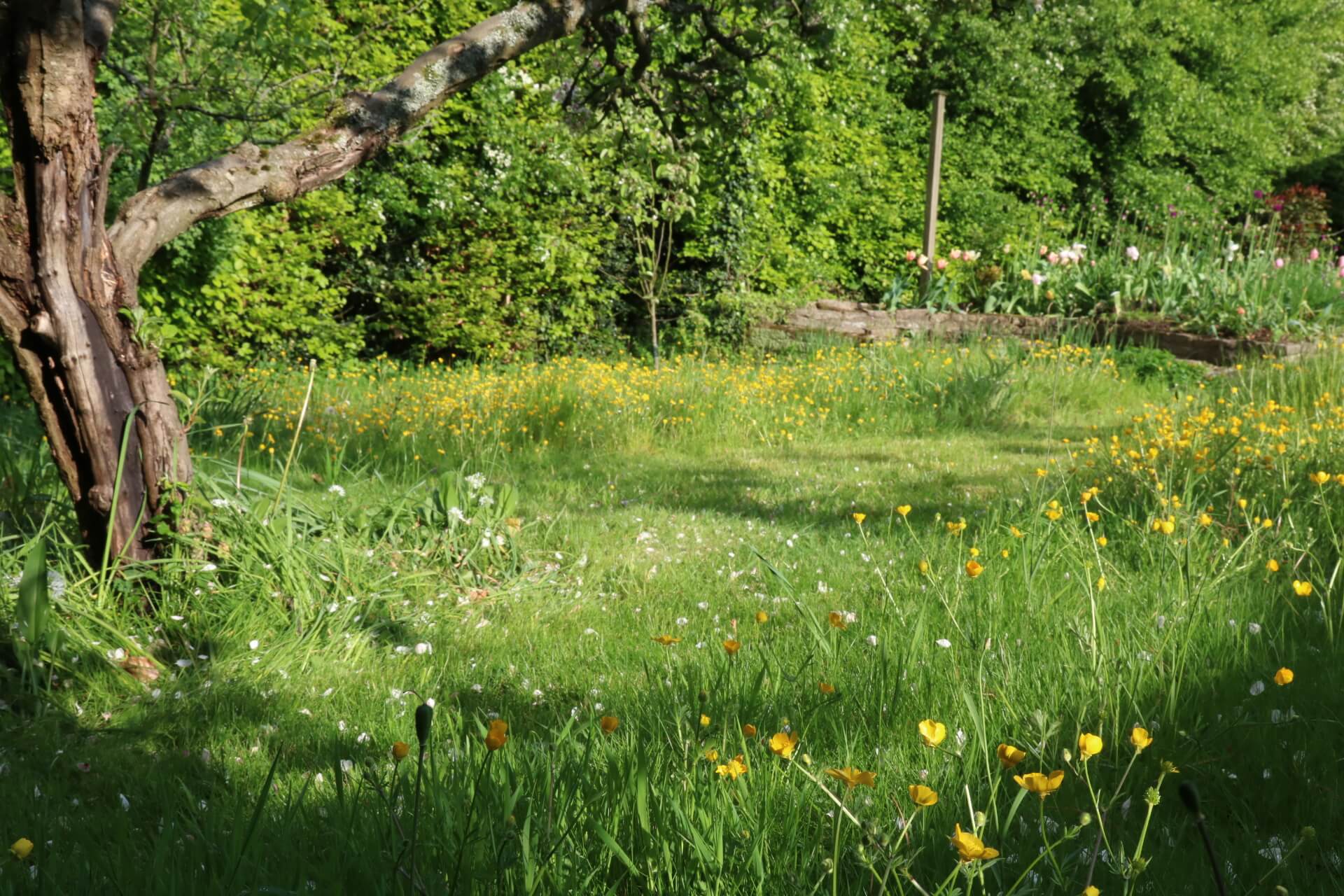
For a more relaxed, natural look, consider planting a wildflower meadow on your steep hill. Wildflowers are incredibly low-maintenance, and they can turn an otherwise challenging space into a vibrant, colorful area that attracts wildlife such as birds and bees.
To start, choose a mix of wildflower seeds that are suited to your climate and soil type. Consider native wildflowers that will flourish without the need for constant watering or fertilization. Wildflower meadows are also great for preventing soil erosion, as their deep root systems help stabilize the slope.
A wildflower meadow offers a charming, rustic appearance that will bring beauty to your hillside while supporting local wildlife.
11. Use of Bold Trees for Visual Interest
:max_bytes(150000):strip_icc():format(webp)/GettyImages-1325782879-fdef59c631574cc9bcc44a27adb32b0b.jpg)
Trees are a key element in any landscaping design, and on a steep hill, they can serve as a bold focal point. Select trees with interesting bark, vibrant foliage, or unique shapes to create a striking visual impact against the backdrop of your sloped landscape. Trees like Japanese maples, redbuds, or flowering dogwoods can add color and texture to your yard while also providing shade and privacy.
Planting trees strategically on your hillside can help to stabilize the soil and prevent erosion. Be mindful of the tree’s root system and ensure it’s planted in an area where it won’t undermine the integrity of any retaining walls or other structures.
Bold trees on a steep hill can anchor your landscape and serve as dramatic focal points, bringing a sense of grandeur and natural beauty to your outdoor space.
12. Slope-Side Garden Boxes
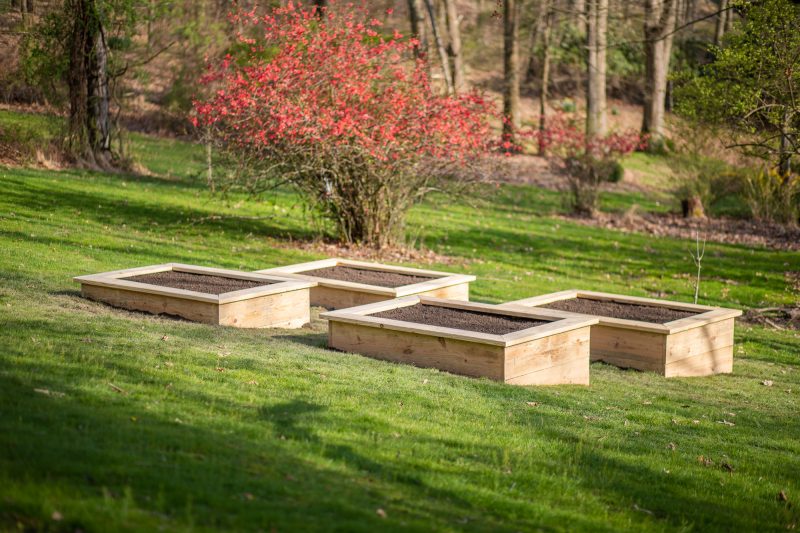
Garden boxes are a practical and decorative solution for landscaping steep hills, allowing you to create manageable planting areas on a slope. These boxes can be made of various materials such as wood, metal, or stone, and are perfect for growing vegetables, herbs, or flowers. Raised garden beds also help with soil drainage, which is particularly important for hills that might experience excessive runoff.
When placing your garden boxes on a slope, it’s essential to ensure they are level and stable. You can stagger the boxes along the incline or place them on small terraces to make the most of your space. Consider building boxes that are tiered, creating a cascading effect that mirrors the natural slope of your land.
Garden boxes not only provide you with a versatile planting space but also allow for easier maintenance. By controlling the soil quality and minimizing the area exposed to erosion, you’ll enjoy a healthier, more productive garden.
13. Use of Lighting for Dramatic Effect
:max_bytes(150000):strip_icc():format(webp)/KGDesigns-28f0b6d6b8894e97a839c11bd22392eb.jpg)
Strategically placed outdoor lighting can dramatically transform your steep hill landscape at night. Use lighting to highlight specific features like a cascading waterfall, a beautiful tree, or your terraced gardens. Solar-powered lights are a great option for steep hills as they don’t require extensive wiring, and they can be placed along pathways, around steps, or among plants to create a warm, inviting ambiance.
For an even more dramatic effect, use uplighting to illuminate trees and tall shrubs, casting shadows and adding depth to the landscape. You can also use LED strip lights along steps or retaining walls to ensure safety while creating a glowing effect. Lighting not only enhances the beauty of your hill by night, but it also makes it easier to navigate your yard after dark.
14. Climbing Plants and Vines on Structures
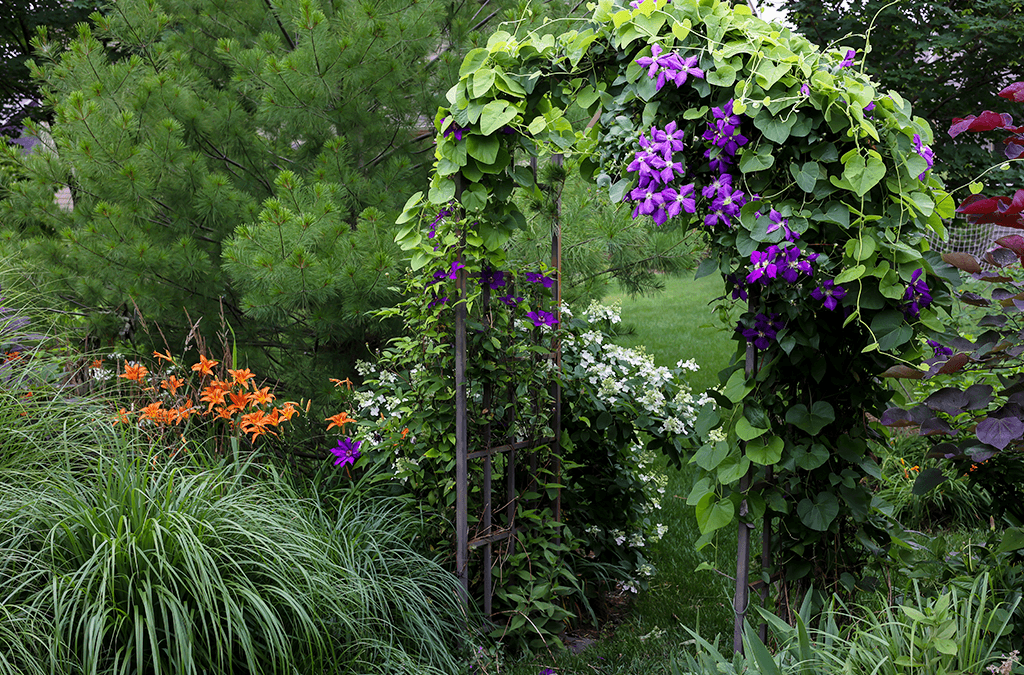
Climbing plants and vines are a fantastic way to add greenery and visual interest to any steep hill. These plants can be trained to grow up trellises, arbors, or fences, adding vertical elements to your landscaping design. Some popular climbing plants include ivy, jasmine, wisteria, and climbing roses, each providing different textures, fragrances, and blooms.
You can place trellises along paths, against retaining walls, or even as a standalone feature to create a lush, green backdrop. Vines like clematis or morning glory can help cover unsightly structures, such as utility boxes or garden sheds, while adding layers of color and life to your landscape.
Incorporating climbing plants on your hillside provides an easy way to cover vertical space, enhancing the beauty of your steep terrain.
15. Creating a Zen Garden

If you’re looking for a tranquil, peaceful space in your steep hill landscape, a Zen garden is a wonderful option. Zen gardens, often inspired by Japanese landscaping, use natural elements like rocks, sand, and water to create a calming and meditative environment. This type of garden works particularly well on a slope, as the design can take advantage of the natural flow of the land to create a serene, soothing atmosphere.
To create a Zen garden, choose materials like smooth stones, sand, gravel, or bamboo. Place large, flat rocks or boulders as focal points, and surround them with sand or fine gravel that can be raked into patterns. Add small water features or a simple stone fountain to introduce the soothing sound of trickling water. With its minimalist design, a Zen garden can be the perfect spot for reflection, yoga, or simply relaxing amidst nature.
16. Edible Landscaping

For those who love the idea of combining beauty and function, edible landscaping is a fantastic choice for a steep hill. By growing fruits, vegetables, and herbs alongside traditional landscaping plants, you can create a practical, beautiful space that also provides food for your kitchen.
You can plant raised vegetable beds along the slope or integrate fruit trees and berry bushes throughout your yard. Herbs like rosemary, thyme, and lavender not only offer culinary uses but also provide aromatic scents that enhance the outdoor experience. Mixing edibles with ornamental plants allows you to create a lush, productive landscape while enjoying the benefits of fresh, homegrown food.
Edible landscaping on a steep hill requires a little extra planning to ensure the soil is fertile, the plants have proper drainage, and erosion is minimized. However, the results are well worth it, with a functional and flavorful landscape that doubles as both a garden and a work of art.
17. Erosion Control with Ground Covers

Steep hills are particularly prone to erosion, especially in areas with heavy rainfall. One effective way to control erosion is by using ground covers, which help stabilize the soil while adding color and texture to your landscape. Ground covers like creeping thyme, vinca, or sedum work well on slopes because their deep root systems hold the soil in place, preventing it from washing away.
In addition to preventing erosion, ground covers can fill in bare spots, reduce weed growth, and provide a lush, green carpet across your hillside. Some ground covers even produce beautiful flowers, adding another layer of visual appeal. Ground covers are low-maintenance and can thrive in a variety of soil and light conditions, making them an ideal solution for steep landscapes.
18. Incorporating a Fire Pit or Outdoor Fireplace
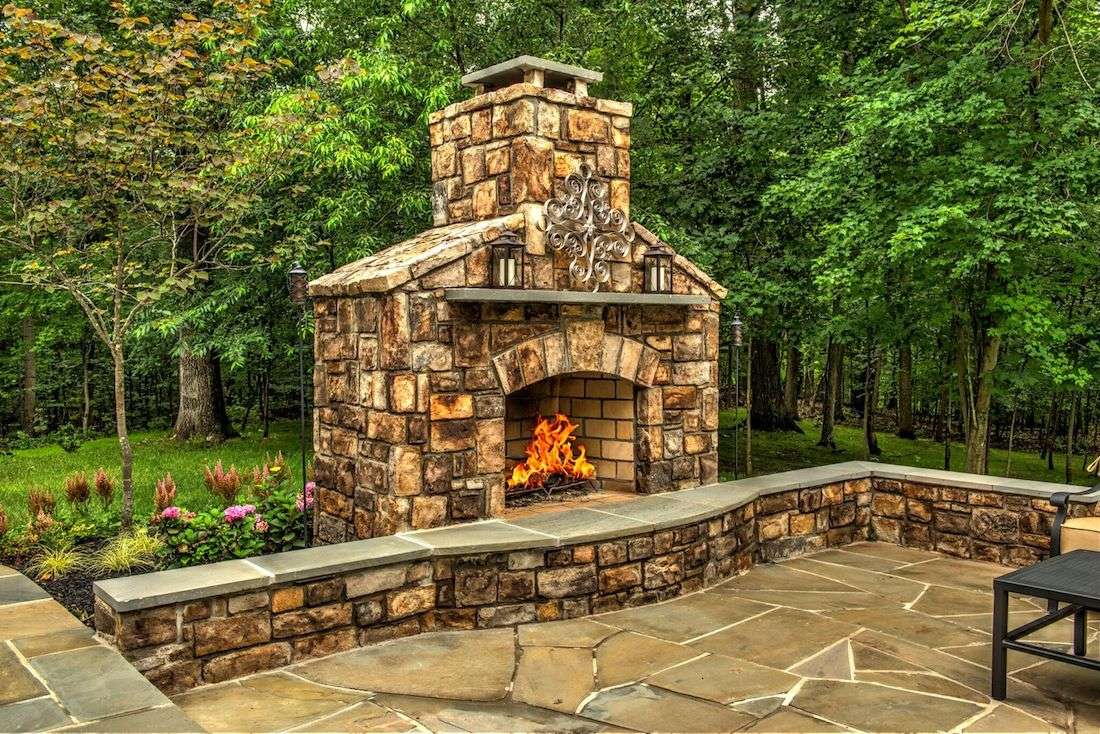
A fire pit or outdoor fireplace is a fantastic addition to any steep hill landscape, creating a central gathering point and enhancing the overall ambiance of your yard. Placing a fire feature at the bottom or center of the hill provides warmth and light, while also offering a cozy space for socializing during cooler evenings.
Choose a location that is both safe and visually appealing. You can create a circular seating area around the fire pit, using stone or wood for seating. Adding built-in seating can help maintain the flow of your landscape, making it feel like an extension of your home. For a more luxurious touch, opt for an outdoor fireplace with a custom design that complements your landscape and personal style.
A fire pit or fireplace adds both function and charm to your steep hillside, turning your outdoor space into a year-round retreat.
19. Themed Landscaping Zones
:strip_icc():format(webp)/back-yard-fire-pit-deck-bc1d716b-f8ac9935591e4699828efa7821bb6c17.jpg)
Creating distinct landscaping zones is a great way to organize and add structure to your steep hill. Designate different areas of your slope for specific activities, such as a reading nook, a meditation space, a garden, or an entertainment area. Using retaining walls, pathways, and strategic plantings, you can easily create zones that cater to various outdoor activities while maintaining a cohesive look.
For example, you could have a quiet garden space with flowering plants and soft seating at the top of the hill, while the lower part of the slope could be dedicated to an outdoor dining area or lounge space. Mixing different styles and materials in each zone helps define the function of each area, and gives your landscape a dynamic, multidimensional feel.
Themed landscaping zones not only maximize the use of your steep hill but also create a visually exciting and functional outdoor space.
20. Incorporating Outdoor Art Pieces

Adding outdoor art pieces to your steep hill landscape can elevate the aesthetic of your space. Sculptures, wind chimes, and other artistic elements can be placed strategically to draw attention to specific areas or to serve as focal points in your yard. Choose art that complements your overall design theme, whether that’s modern, rustic, or nature-inspired.
Outdoor art is not only about decoration; it also adds personality and creates an emotional connection to your landscape. Art pieces like large metal sculptures, colorful mosaics, or a stone bench can enhance the natural beauty of your sloping yard while expressing your individual taste.
21. Creating a Wildlife-Friendly Habitat

Lastly, consider turning your steep hill landscape into a wildlife sanctuary. By incorporating native plants, birdhouses, and water features, you can create a habitat that attracts birds, butterflies, and other beneficial creatures. Adding layers of plants and flowers that bloom throughout the seasons provides food and shelter for wildlife year-round.
Including features such as a birdbath, small pond, or butterfly garden can further encourage wildlife to visit. Not only will your landscape benefit from the increased biodiversity, but you’ll also enjoy watching the interaction between the animals and the natural beauty of your hillside.
Conclusion
Landscaping a steep hill can be an exciting project that transforms an otherwise challenging area into a visually stunning and functional space. From terraced gardens and cascading water features to vertical gardens and outdoor art, there are countless ways to enhance the beauty of your slope. Each idea offers a unique way to harness the natural flow of the hill while creating a landscape that reflects your personal style and meets your practical needs.
By thoughtfully planning your landscape, incorporating erosion control, and choosing the right plants and features, you can create a hillside garden that will be the envy of your neighborhood. With the right design, your steep hill can become a beautiful, peaceful retreat that maximizes the potential of every inch of your outdoor space.

